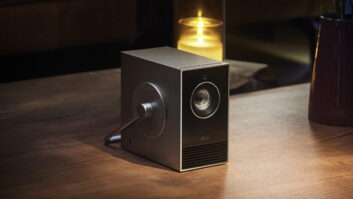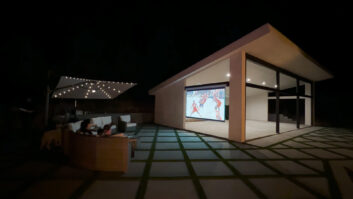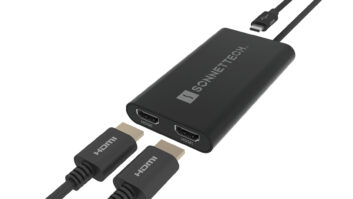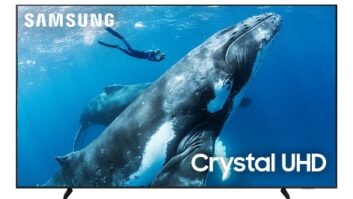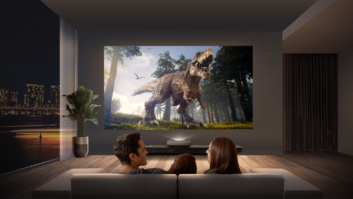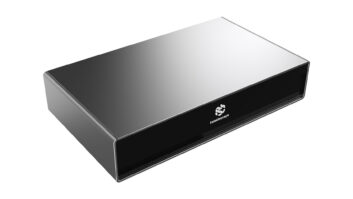
I’ll be the first to admit I’m not much for watching sports on TV. Sure, I like to watch the Super Bowl, but probably as much for the commercials and social binge eating and drinking as the game. I’ll tune into the World Series if one of my Bay Area teams is represented. And every four years I get swept up into the wonderful world of Winter Olympic curling, a sport that fascinates me as much as it bores the rest of my family. Otherwise, I can pretty much do without watching sports.
But the one event I do carve out time to watch each year is The Masters golf tournament. As an ex-golf professional, there is something magical about that pristine acreage in Augusta, Georgia. Co-designed by the greatest gentleman golfer of all time, Bobby Jones, Augusta National is American golf’s most holy of holies, a near-mythical place where the tournament is so steeped in history and the course is every bit as much the star as the golfers. A place where no cell phones are allowed, where the azaleas are carefully timed to bloom the week of the tournament by heating and icing the plants as needed, and where even the sand in the bunkers is special: an ultra-white quartz from the Spruce Pine Mining District in North Carolina, a byproduct that occurs when feldspar is mined for aluminum – also used in the making of silicon chips.
The Masters’ television coverage each year is also some of the very best in all of sports, with numerous HD cameras positioned at ideal angles around the course and only interrupted by four one-minute commercials per hour. Years ago, The Masters caused me to see a glimmer of hope for the possibilities of 3D. While the coverage never lasted long enough for me to actually watch the tournament in 3D, I did see several demo clips that showed how 3D could enhance the viewing experience. Even the best HDTVs flatten out the landscape, but with 3D you could read the contours of the greens, noting the insane breaks the players have to contend with. With camera angles right on the player’s line, you could tell if they were going to hole it or see if they had misread a break. 3D also let you appreciate the steep topography of Augusta’s landscape and why some of the approach shots are so difficult.
This year The Masters opened my eyes to the benefits of 4K TV. Granted, the tournament was not true 4K, having been neither shot nor broadcast in 4K, but I spent a good bit of time watching HD coverage on both ESPN and CBS that was upconverted to 4K on a Sony XBR TV at my install showroom, and it clearly surpassed the quality of the 1080p sets.
Prior to this, I kind of thought of 4K as little more than the next inevitable marketing juggernaut that was being foisted on the TV-buying public. Marketing departments like numbers, bigger numbers are always better (sarcasm), and 4K – or rather 8 million pixels – is considerably more than 1080p, so obviously it will be a slam-dunk. However, until we actually get true next-gen Ultra High Def content that takes advantage of not only the extra resolution but also includes high dynamic range (HDR), higher frame rates (HFR) and the extended Rec. 2020 color space, the benefit of having a 4K TV is boiled down to the increased pixel count.
Whoop-de-do. I wasn’t convinced.
Until The Masters.
What The Masters showed me was that with the right HD content, those extra 6 million extra pixels on screen can make a significant difference in the detail of the image. Golf is also the perfect venue to appreciate the extra resolution because it is relatively slow moving – I mean, the competitors literally walk everywhere and stand completely still when about to hit a shot – with a lot of static, long shots that have gobs of detail in the background.
Time and again I compared the 4K image to that of the 1080p sets just feet away, and the 4K set always revealed far more detail without any deleterious effects, making the 1080p sets look slightly out of focus in comparison. While the increased detail was always apparent, it was the “macro” details that really showed what 4K could do. Things like the dimple patterns and the player’s unique markings on the golf balls, letting you clearly read all of the printing on the ball; the fine blades of grass and textures in the different layers of cuts off the green and fringe, or the pine straw on the sides of the fairways; the patterns and textures and even stitching in the player’s clothing; the level of detail visible in the crowds of patrons lining the fairways and around the tees and greens.
And I wasn’t the only one that noticed either; all of the customers that came into the store gravitated to the big 4K set and marveled at the picture quality, and it actually helped me to close a sale on a 75-inch UHDTV set.
While it might be a while before we can enjoy the benefits of true Ultra HD broadcasts – or even 4K Blu-ray discs – for now The Masters proved to me that upconverted 1080p content can be a beautiful thing in and of itself.
John Sciacca is principal of Custom Theater and Audio in Myrtle Beach, SC.


